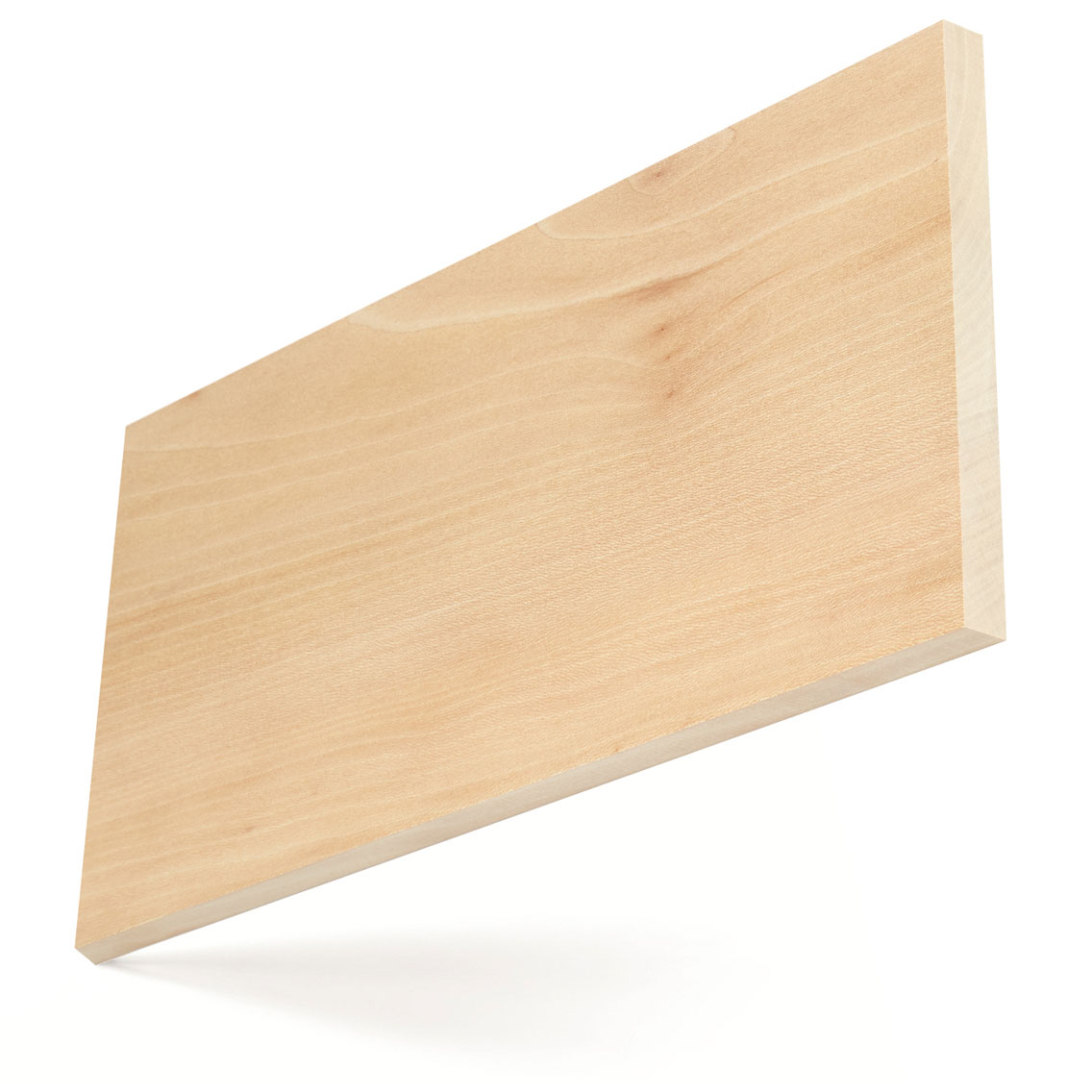American sycamore
American sycamore is one of the few wood species that can be confused with its European cousin Acer pseudoplatnus, which is botanically different.
Latin Name
Platanus occidentalis
Other Common Names
Buttonwood, American plane

Forest Distribution
American sycamore trees are generally huge, being one of the largest hardwood species in North America, growing throughout the eastern and central USA in natural hardwood forests. Several other American planes, as they are called, grow in California and Arizona but are not commercially significant.
FOREST GROWTH
FIA data shows sycamore growing stock in the U.S. (excluding California and Arizona) is 144.5 million m3, 1% of total U.S. hardwood growing stock. American sycamore is growing 4.00 million m3 per year while the harvest is 1.22 million m3 per year. The net volume (after harvest) is increasing 2.78 million m3 each year. U.S. sycamore growth exceeds harvest in all supplying states.
LCA Tool
seconds
Material Availability
Sycamore lumber from the USA is available in limited volumes mainly from southern producers and more easily sourced as thinner stock (4/4" & 5/4"). Check with suppliers for grades available for export. Veneer is also available from specialist suppliers.
Wood Description
The wood of sycamore may display a variety of colours. The sap is white to light yellow in colour and the heartwood is light to dark brown. The wood of sycamore has a fine close texture and is interlocked. The grain is distinct with a characteristic fleck.
Mechanical Properties
Sycamore is moderate in weight, hardness, stiffness and shock resistance. It is heavy and tough. It has good bending qualities and is easy to turn on the lathe.
-
0.49
Specific Gravity (12% M.C.)
545 kg/m3
Average Weight (12% M.C.)
11.40%
Average Volume Shrinkage (Green to 6% M.C.)
68.950 MPa
Modulus of Rupture
9,791 MPa
Modulus of Elasticity
37.095 MPa
Compressive strength (parallel to grain)
3,425 N
Hardness
Oiled / Un-Oiled Appearance


Performance
- Sycamore machines and works well, but high speed cutters are required to avoid chipping. It is resistant to splitting due to its interlocked grain. The wood glues well and stains and polishes with care to an excellent finish. It dries rapidly and has a tendency to warp. It has moderate shrinkage and little movement in performance.
- The wood is non-resistant to heartwood decay but is permeable to preservative treatment.
Main Uses
American sycamore, growing in natural forests in the USA, is considered highly suitable for cabinetry and furniture. It is used for mouldings, internal joinery and veneered panels. Specialist uses include butcher blocks.